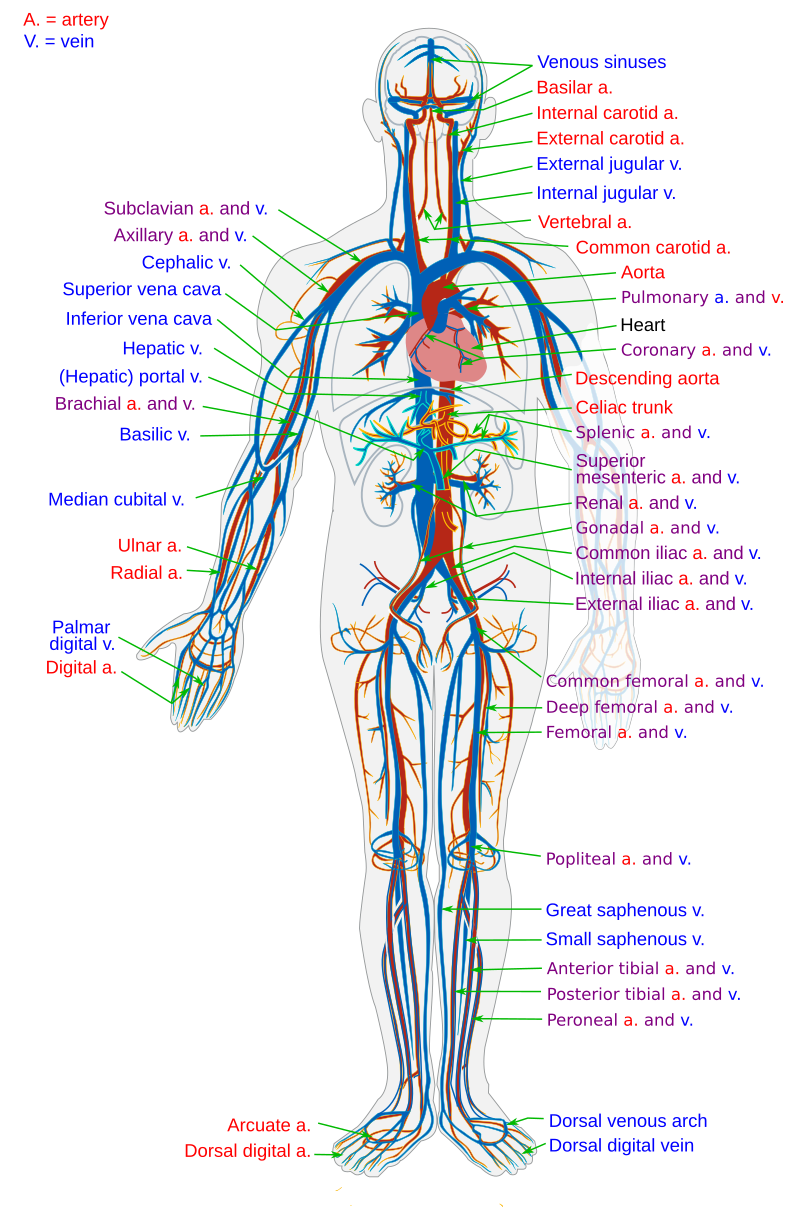Decrease in Heart Attack Deaths: A Shift in Cardiovascular Health Trends

In a significant development for public health, recent research from the Stanford University School of Medicine indicates that deaths from heart attacks have notably decreased in the United States, suggesting a positive shift in the management and treatment of cardiovascular diseases. According to this study, the overall death rate from heart disease among American adults aged 25 and older has dropped by 66% since 1970, with heart attack fatalities declining by nearly 90%. This data was corroborated by the National Vital Statistics Reports, which highlighted that heart attacks accounted for 29% of heart disease-related deaths in 2022, a substantial decrease from 54% in 1970.
While these statistics reflect progress, other forms of heart disease have risen sharply. The study reports that fatalities from conditions such as arrhythmia, heart failure, and hypertensive heart disease have surged, with the death rate from arrhythmias increasing by 450% over the same period. Dr. Latha Palaniappan, a senior author of the study and an associate professor at Stanford, emphasized the importance of addressing these evolving challenges: "Heart disease hasn’t gone away. Now that people are surviving heart attacks, we are seeing a rise in other forms of heart disease like heart failure."
The increase in heart disease-related deaths from other conditions can be attributed to several interconnected factors. The aging population in the U.S. is one significant contributor, as older individuals tend to have a higher prevalence of cardiovascular conditions. Additionally, lifestyle factors such as rising obesity rates—which have nearly doubled from 15% to 40% between 1970 and 2022—and increased hypertension prevalence, which grew from 30% in 1978 to nearly 50% in 2022, are exacerbating this issue. A report from the American Heart Association supports these findings, noting that approximately 50% of American adults are affected by Type 2 diabetes or prediabetes.
Dr. Sara King, the lead author of the study, noted advancements in medical interventions and public health strategies have significantly reduced the incidence of heart attacks. She stated, "Over the past 50 years, our understanding of heart disease, what causes it and how we treat it has evolved considerably." This progress includes improved emergency response protocols, such as the widespread use of automated external defibrillators (AEDs) and increased training in cardiopulmonary resuscitation (CPR).
In Australia, a similar trend has been observed, with cardiovascular disease rates decreasing by 80% since the 1980s. The Heart Foundation has attributed this decline to advancements in treatment and prevention strategies. However, health experts caution that the battle against heart disease is far from over. Dr. King remarked, "We’ve won major battles against heart attacks; however, the war against heart disease isn’t finished. We now need to tackle heart failure and other chronic conditions that affect people as they age."
As the landscape of cardiovascular health continues to evolve, stakeholders—from healthcare providers to policymakers—must focus on comprehensive strategies that not only address acute cardiac events but also manage chronic heart conditions effectively. The current data underscores the need for continued public health initiatives aimed at prevention and education, particularly targeting obesity, hypertension, and diabetes, to mitigate the growing burden of heart disease in the population. Moving forward, the integration of these preventive measures is essential for sustaining and improving cardiovascular health outcomes across demographics.
Advertisement
Tags
Advertisement





